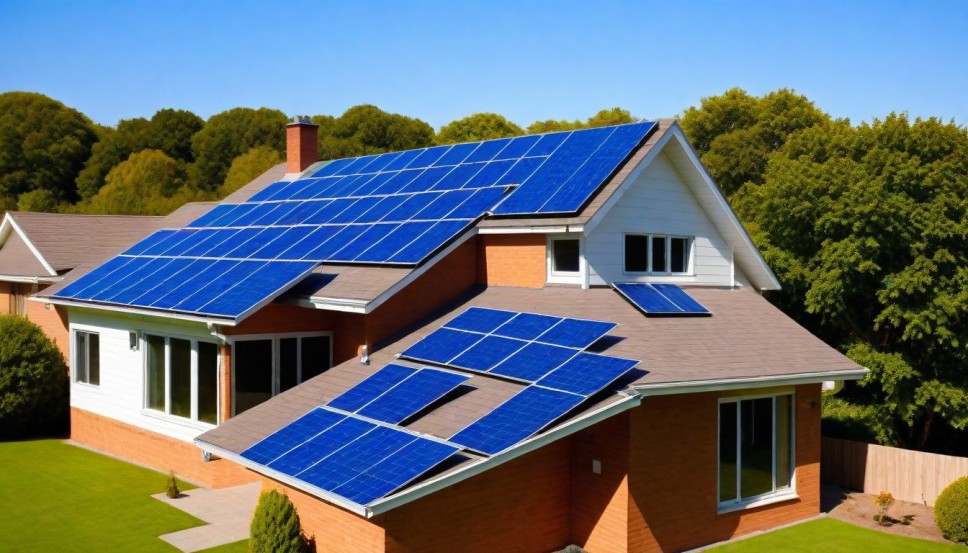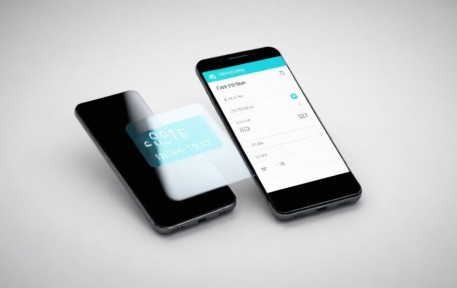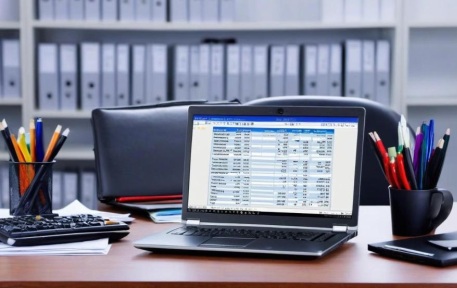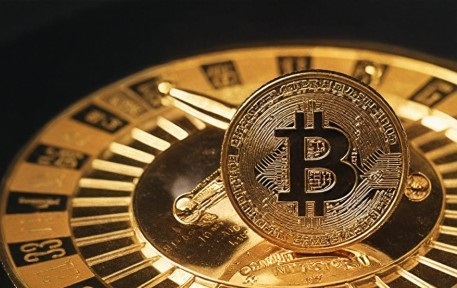
The promise of a sun-powered future is undeniably appealing. From the savings on energy bills to the reduction of one’s carbon footprint, solar panels represent a ray of hope in our collective quest for sustainable living.
However, before households bask in the glow of their newly installed solar arrays, there are important considerations around safety that cannot be overlooked. This comprehensive guide navigates the often-neglected aspects of solar panel safety to ensure that your renewable dreams are well-grounded in reality.
Debunking the Myth of Electrocution
Homeowners, upon contemplating the installation of solar panels, are often struck by a fear of electrocution. This fear, though legitimate, is largely unfounded in the context of modern solar systems. The truth is that photovoltaic technology, grounded in direct current (DC), passes through multiple safety mechanisms before reaching the inverter and converting to alternating current (AC) for household use.
At the panels themselves, there are built-in isolation properties, and your service provider’s installation will adhere to stringent industry standards, complete with grounding protection. Electrocution from solar panels in well-maintained systems is a rarity, reassuring data against the shadows of misinformation. If you want help on safely installing your solar panels, head on over to https://www.calgarysolarpower.ca/.
Read Also: Navigating Tobacco Cessation: Strategies and Tools Offered by Quit Smoking Apps
Overheating Anxieties and Panel Fires
A more prominent concern, backed by a small but notable number of incidents, is the risk of panel fires. Adverse weather conditions can lead to panel damage, potentially causing a short-circuit and igniting a fire. However, due to the robust safety protocols in place, these incidents are few and far between.
Flammability standards dictate the materials used in panel construction, while innovative thermal regulation technologies like built-in heat sinks prevent excessive temperatures. Regular maintenance and quick response to any performance anomalies further help in averting catastrophes.
The Height Hazard and Falls from Rooftops
Beyond electrical and fire hazards, the physical installation process poses its own safety risks. Roof-mounted solar panels require work at height, a situation fraught with danger if proper precautions are not taken.
Professional installers undergo rigorous training for working at elevations, utilizing safety harnesses, scaffolding, and proper ladder techniques. For do-it-yourself enthusiasts, heed this as a solemn warning—DIY solar panel installations should be an idea binned quicker than expired batteries. Safety first, always, whether it’s for the installers or weekend warriors contemplating the ultimate DIY feat.
Storm Safety and the Aftermath of Extreme Weather
If a tree falls in the woods, does it make a sound? More importantly, if a solar panel is obliterated by a storm, does it pose a risk? The short answer is yes, but largely due to insulation failure post-substantial trauma. Post-storm, homeowners should perform a visual inspection to rule out any visible damage, even if the system appears to be functioning optimally.
Engage with professionals who will assess and mitigate any safety risks, which can range from exposed wiring to compromised structural integrity. A proactive stance following extreme weather could be the difference between continued safety and an unforeseen hazard.
Balancing Privacy with Safety
There’s also the less tangible concern—privacy. As the age-old adage goes, the eyes are the windows to the soul, and in the case of solar panels, to one’s private energy consumption. For some homeowners, this sortie into sustainable living comes with an implied intrusion—data gathering by electric companies or the uncomfortable realization that your energy habits are on display.
Fortunately, the regulatory environment is beginning to catch up, necessitating that data collected from smart meters and related devices is protected. Stay informed about the privacy policies and features of your solar system and ensure you have control over your energy data, just as much as your energy source.
Conclusion
Knowledge is power, and in this case, it’s the power to harness the sun safely and serenely. With the right team guiding you through the installation process and equipping you with the requisite know-how for maintenance and vigilance, the bright future of solar energy can be your reality—a safety net woven with the cords of careful consideration and reliable expertise.



